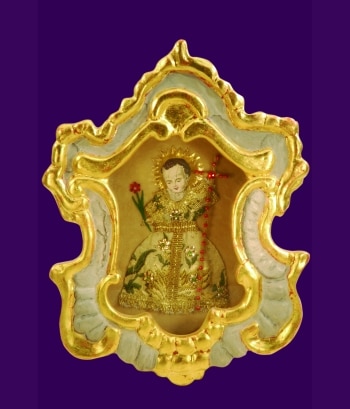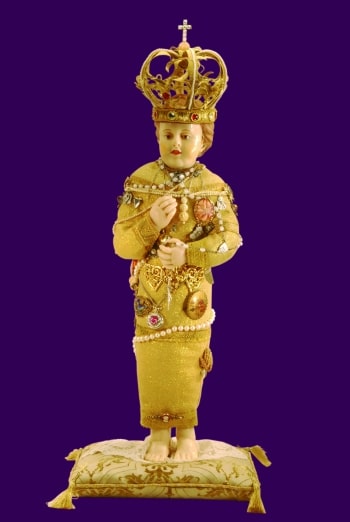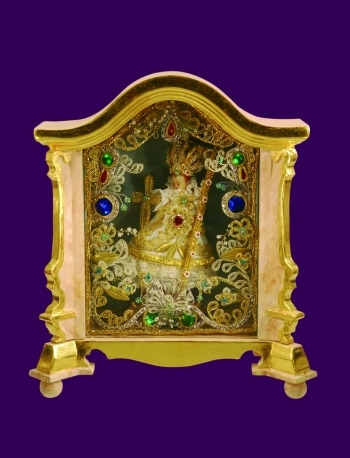The Infant Jesus in a Glass Shrine – the magic of Baroque convent handicrafts
19. November 2011 – 12. February 2012
0.00 – 23.59 Uhr

With the Counter-Reformation, pomp and splendour started entering the liturgy, the pilgrimage business was revitalised and the cult of saints and relics received a boost. Adoration of the infant Jesus, an established practice in Southern Germany and the Alpine countries since medieval times, although until the Reformation mostly restricted to the confines of convents, now became public. Some of the most famous figures of the infant Jesus began turning up as copies not only in churches but also in urban and rural circles, usually set up and adored as “The Christ Child” at Christmas.
From the mid-16th century, the Christmas Crib also experienced an enormous upswing in popularity, not least thanks to the efforts of the Jesuits. In Catholic regions, religious customs governed daily life. The exhibition presents numerous objects that reconstruct and illustrate the various facets of Baroque piety. pilgrimage baby Jesus, rustic infants in swaddling, cradles and glass boxes, relic images, votive and devotional pictures as well as cribs that relate to two significant crib landscapes: Upper Swabia and Naples.
The exhibition also covers the topic of the “spiritual medicine cabinet” with Baroque remedies like phylacteries, consecrated objects for protection, rosaries, prayer book pictures, fabric relics and amulets. These exhibits illustrate how people protected themselves against maladies of the body and soul.
The aim of staging this exhibition from the collection of Monika Lennartz in the Couven Museum’s late Baroque setting of middle class home culture is to bring Baroque piety back to life, especially in terms of the customs associated with Christmastime, and to shed new light on familiar and forgotten practices.
An exhibition catalogue will be available.






